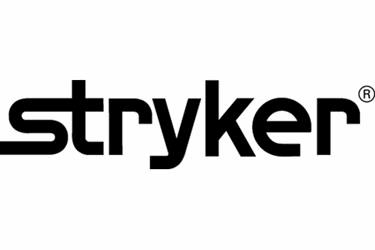Stryker's Clot-Retrieval Technology Cleared For Use With t-PA

Stryker announced that the FDA has expanded indications for its clot retrieval technology Trevo to be used alongside the clot-dissolving medication tissue plasminogen activators (t-PA). In making its decision, FDA considered new clinical data that demonstrated the combined therapies further reduced risk of life-long disabilities caused by ischemic stroke.
Trevo clot-removing technology is inserted through vessels via catheter, where a surgeon slowly expands the device to grip and pull the clot back through the vessel and out of the body. The technology was developed by Concentric Medical, a medtech acquired by Stryker and folded into its neurovascular division in 2011. The move significantly broadened Stryker’s portfolio of neurovascular therapies and provided the company’s immediate entry into the acute ischemic stroke intervention space.
Stryker first received FDA approval for Trevo in 2012, indicated for patients with ischemic stroke within the first six hours of symptoms for patients who did not respond to t-PA therapy. Clinical investigator Gary Duckwiler from the University of California Los Angeles (UCLA) medical center called the technology “a great stride” in the evolution of stroke management and noted that Trevo had a significant impact on patient outcomes following stroke.
The current gold standard for ischemic stroke care is an intravenous therapy of t-PA medication, but recent clinical results demonstrated better outcomes when t-PA was used alongside clot-retrieval with Trevo technology. According to an FDA press release, 96 patients treated with both therapies were compared to 249 patients who only received t-PA and medical management, and 29 percent of patients receiving both therapies were functionally independent within three months of their stroke, compared to 19 percent who were treated with medication alone.
“This is the first time FDA has allowed the use of these devices alongside t-PA, which has the potential to help further reduce the devastating disabilities associated with strokes, compared to the use of t-PA alone,” said Carlos Peña, director of the division of neurological and physical medicine devices at the FDA’s Center for Devices and Radiological Health (CDRH). “Now health care providers and their patients have another tool for treating stroke and potentially preventing long-term disability.”
Ischemic strokes represent 87 percent of the 795,000 strokes experienced by Americans each year and are a leading cause of long-term disability, according to the Centers for Disease Control and Prevention (CDC). Strokes and their related disabilities costs the U.S. healthcare system and economy approximately $34 billion each year.
In a conference call last year, Stryker CEO Kevin Lobo singled out robotic surgery and clot removal devices as growth accelerators through 2016, noting the acquisitions of both Concentric and MAKO Robots. Lobo commented that future deals — big and small — would work to further strengthen existing market positioning for the company.
